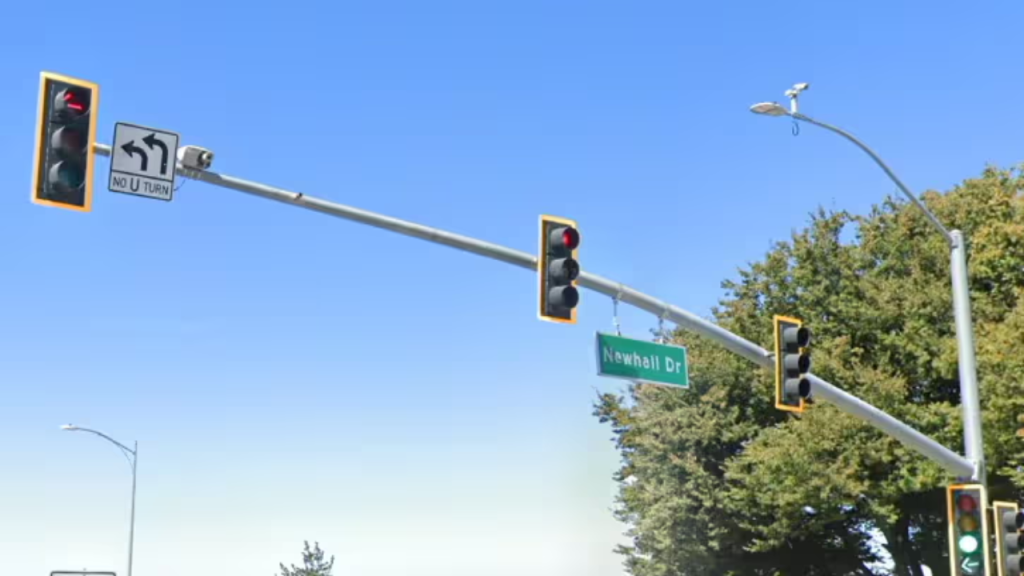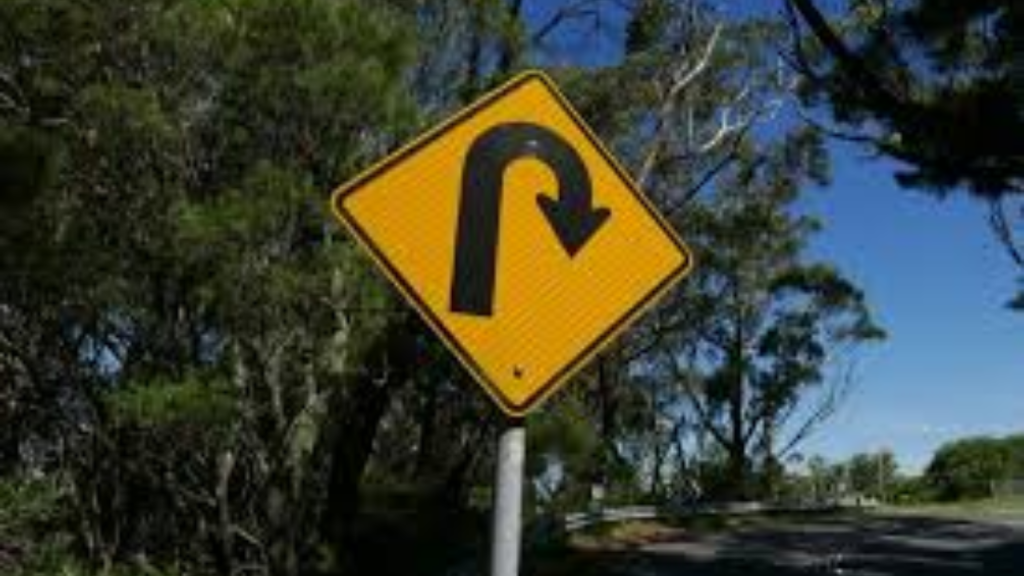
California roads are busy and sometimes confusing, especially when it comes to maneuvers like U-turns. Many drivers are unsure when and where it is legal to make a U-turn, especially on residential streets. Understanding these rules is important not just to avoid costly tickets, but also to keep streets safe for all users.
In California, U-turns on residential streets are regulated by specific traffic laws designed to balance driver convenience with safety. Here’s a clear explanation of California’s U-turn laws on residential streets and how they affect everyday driving.
What is a U-Turn and When Is It Allowed?
A U-turn is a driving maneuver where a vehicle turns 180 degrees to go in the opposite direction. On residential streets, drivers often consider making a U-turn to avoid long detours or to correct a missed turn.
According to California Vehicle Code Section 22103, a driver is allowed to make a U-turn on a residential street unless certain conditions make it unsafe or illegal.
Key Conditions for Legal U-Turns
- Clear visibility: You must be able to see clearly at least 200 feet in both directions before making the turn. This means no hills, curves, or obstacles blocking your view.
- No oncoming vehicles within 200 feet: If you see another vehicle approaching from either direction within 200 feet and that vehicle is not stopped by a traffic control device (such as a stop sign or red light), you cannot make a U-turn.
- Location restrictions: U-turns should not be made near fire station driveways, or in business districts unless at an intersection or a specifically designated opening.
If these conditions are met, a U-turn can be made legally and safely on a residential street.
What Makes U-Turns Illegal in Residential Areas?
While U-turns are generally allowed on residential streets under the right conditions, several situations make them illegal:
- Limited visibility: If buildings, trees, parked cars, or road curves prevent you from seeing 200 feet in either direction, the U-turn is not allowed.
- Close oncoming traffic: If there is oncoming traffic within 200 feet that is not controlled by a traffic device, you cannot make a U-turn.
- Fire stations: U-turns are prohibited near fire station driveways to allow quick emergency access.
- Business districts: U-turns in business districts are restricted and typically only allowed at intersections or specific openings.
Drivers must always assess their surroundings and follow posted signs and signals.

How Does California Define a Residential District?
Understanding whether you are on a residential street is essential to know if these U-turn rules apply.
California defines a residential district as an area with at least 16 houses or businesses within 1,320 feet (a quarter mile). These districts usually have a speed limit of 25 miles per hour, often marked by traffic signs.
In these residential zones, U-turns are regulated with an emphasis on safety due to the presence of pedestrians, children, and local traffic.
What Happens If You Make an Illegal U-Turn?
Making an illegal U-turn in California can have several consequences:
- Fines: Drivers may face fines around $234 for illegal U-turns.
- Points on Driving Record: A point can be added to your DMV record, which may affect insurance premiums and driver status.
- Traffic Risks: Illegal U-turns can cause accidents or disrupt traffic flow, putting yourself and others at risk.
It’s important to understand and obey the rules to avoid penalties and keep roads safe.
Tips for Making Safe U-Turns on Residential Streets
Even if allowed, U-turns require caution and proper technique:
- Signal Early: Always use your turn signal at least 100 feet before you begin your turn to alert other drivers and pedestrians.
- Choose the Correct Lane: If possible, make U-turns from the far left lane to avoid obstructing other traffic.
- Check for Pedestrians: Residential areas often have children or pedestrians. Always yield to pedestrians before turning.
- Ensure Clear Visibility: Only make the turn if you have a clear view of the road in both directions for at least 200 feet.
- Watch for Traffic Signs: Obey all posted signs restricting U-turns or indicating safe places to turn.
By following these tips, you can perform U-turns safely and legally.
California’s U-turn laws on residential streets are designed to balance convenience for drivers with safety for everyone on the road. While U-turns are generally legal under certain conditions in residential areas, it’s important to follow visibility requirements, watch for oncoming traffic, and respect location restrictions.
When in doubt, it’s safer to continue driving to the next legal turn rather than risk an illegal or unsafe U-turn. Staying informed about local traffic laws helps avoid tickets and accidents while making California streets safer for drivers and pedestrians alike.
